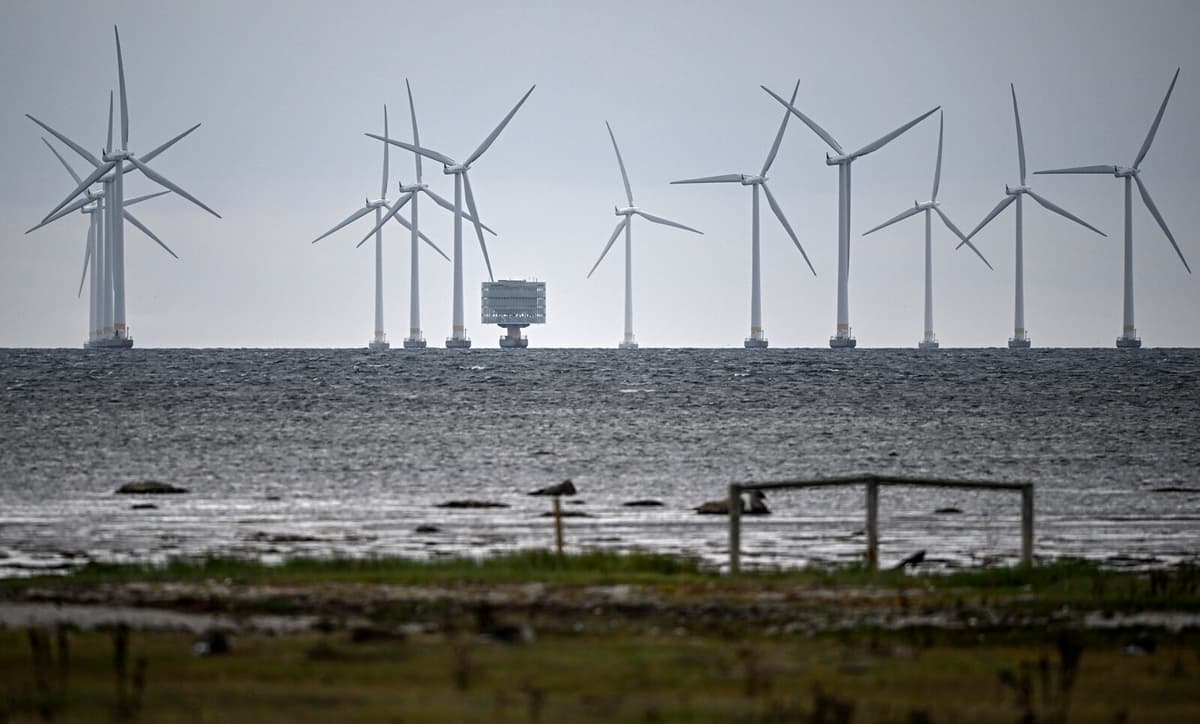The Swedish heavy energy authorities both conclude that the government's decision on Monday to almost completely shut down the Baltic Sea for wind power is unfortunate.
13 wind farms are a huge amount of electricity production. It would have been very welcome new electricity, primarily in southern Sweden, says Daniel Gustafsson, department head Power System at Svenska kraftnät, who therefore sees that southern Sweden will have to live with higher electricity prices for longer.
When the Energy Agency has sketched out scenarios for how Sweden will meet the strongly expected increase in electricity consumption over the next 20-25 years, the expansion of all energy sources, nuclear power, solar power, wind power on land and wind power at sea, is included.
A third
Up to 50 terawatt-hours (TWh) per year, approximately a third of the additional need, is estimated to be covered by offshore wind power in the scenarios outlined by the agency, according to Martin Johansson, head of the unit for prognosis and scenarios at the Energy Agency.
If you take away that opportunity, you'll get problems.
It's a lot of potential that disappears. You can say that, and it's clear that it will have a long-term impact, says Martin Johansson.
According to Svensk Vindenergi's calculations, there was a potential electricity production of nearly 150 TWh per year of offshore wind energy in the Baltic Sea that the government shut down. The explanation was that the Defense Agency opposed it. It's almost as much as Sweden's total electricity production today, and can be compared to an estimated need of around 300 TWh in 20-25 years, in line with the green industrial transition.
Not impossible
The goal will now be much harder to achieve.
I wouldn't say it's impossible, but an important piece of the puzzle has disappeared, says Daniel Gustafsson.
But then it will require a lot more new wind power on land instead, according to him.
Another consequence of the government's decision: Svenska kraftnät needs to review planned investments in new power grids, where the connection of offshore wind farms is part.
We absolutely need to evaluate those plans, says Gustafsson.





